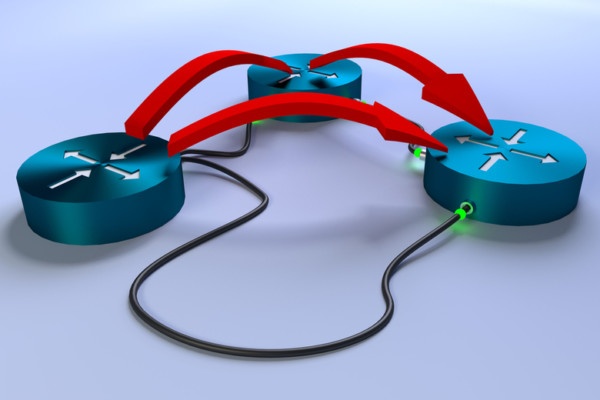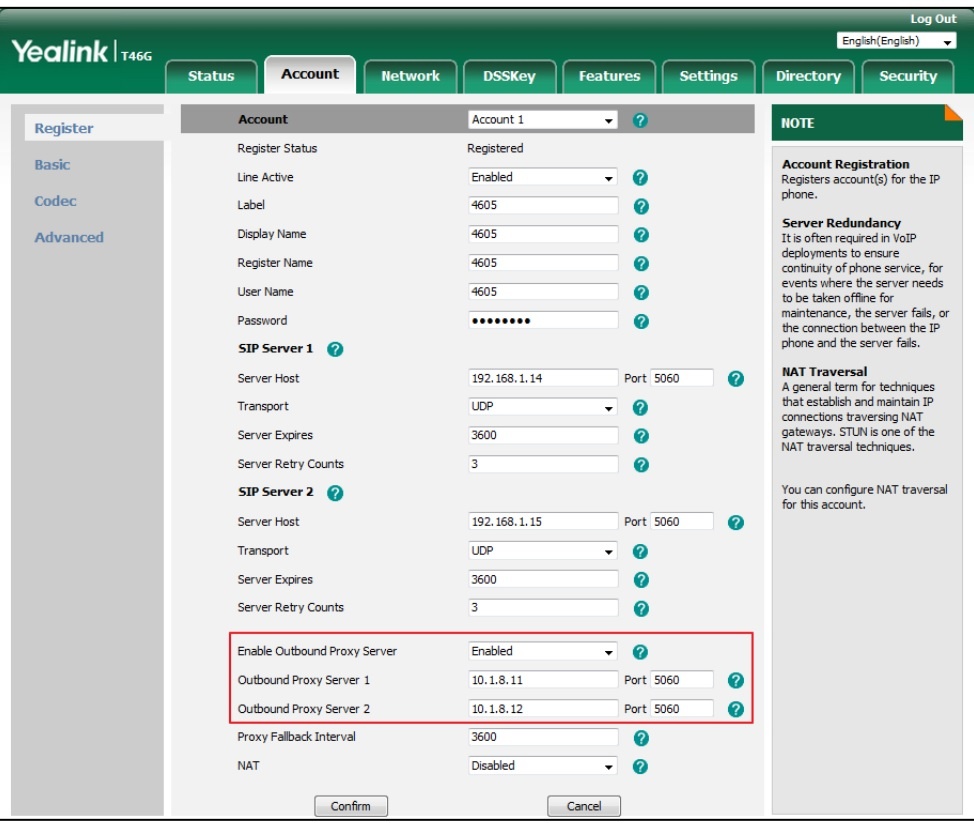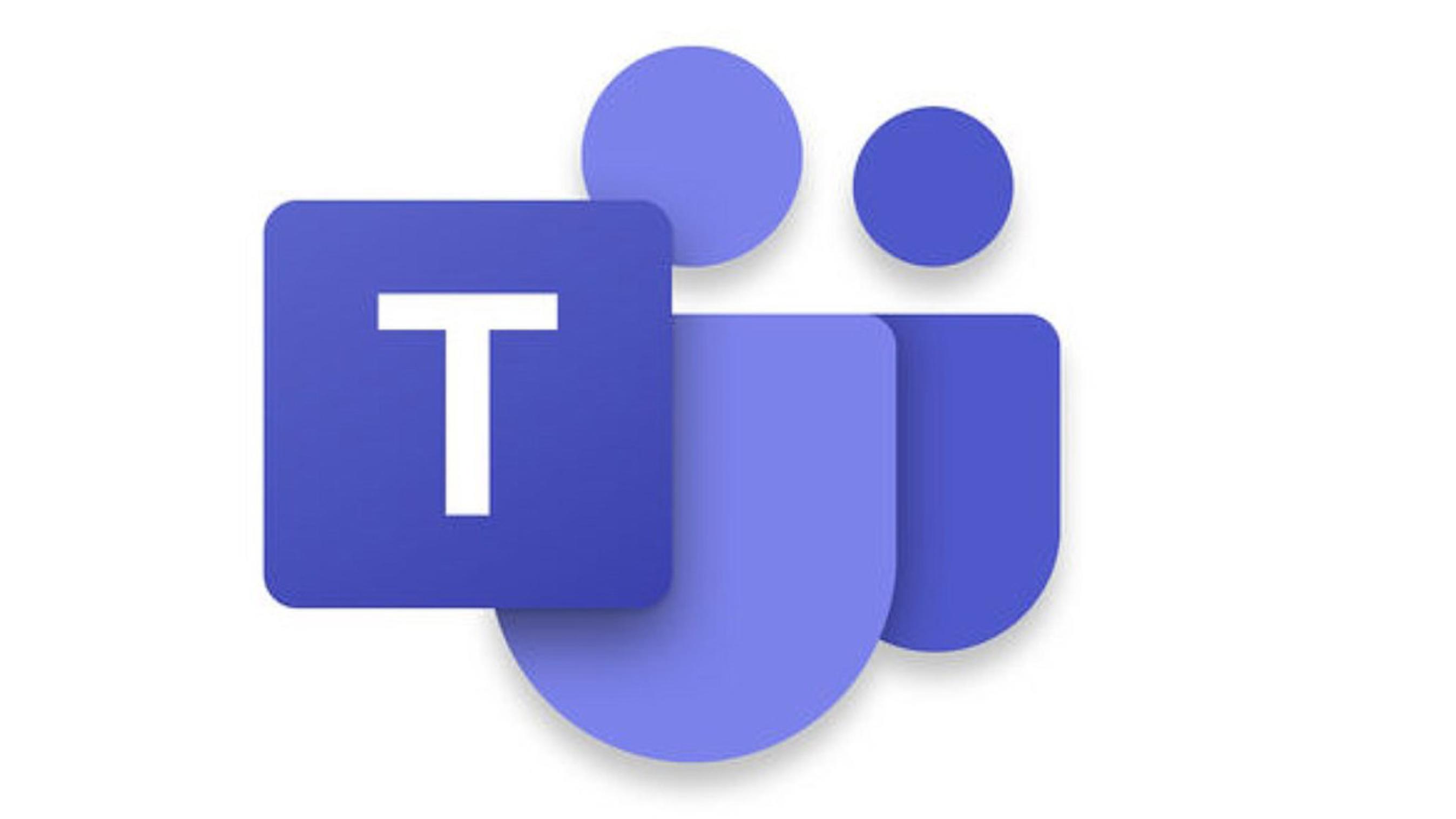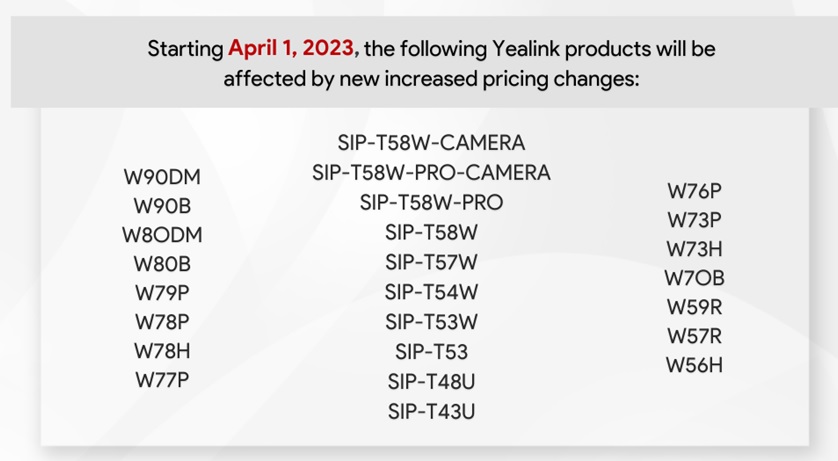
A technical update on an internal project here at BVoIP. As many of our long standing partners know we use data center side Session Border Controllers or SBC's to allow for physical phones to register back to a Cloud PBX accounts without the need for port forwarding, VPN tunnels, or on-prem equipment to be in place.
For the last 2 years or so we have been using DNS SRV records and DNS PTR Records in an effort to build in a bit of failover and redundancy so that if an SBC has an issue or is interrupted for any reason the phone should perform an "MX Record" style lookup and then re-register.
What we have learned is DNS is a fickle beast and even though we expect that all last mile internet providers respect DNS changes and Time To Live TTL periods they simply do not.
That being said we started investigating other ways to approach remote phone outbound proxy failover and the first part of this homework has been completed.
We started with Yealink devices first and what we found is that the following Yealink models have the ability to do this failover "on their own".
SIP VP-T49G, SIP-T48G, SIP-T46G, SIP-T42G, SIP-T41P, SIP-T40P, SIP-T29G, SIP-T27P, SIP-T23P, SIP-T23G, SIP-T21(P) E2, SIP-T19(P) E2, CP860 and W56P IP phones running firmware version 80 or later
SIP-T48S, SIP-T46S, SIP-T42S, SIP-T41S and SIP-T27G IP phones running firmware version 81 or later

In the above image you find that these models on the correct firmware versions and above have two Outbound Proxy Server fields and when the settings are tweaked "just right" the phones can failover and survive a single SBC disruption and move to the secondary entry.
That being said, in the image you see IP addresses but we would still populate these fields with FQDN's that point to A records rather than DNS SRV or DNS PTR records that then have to resolve differently.
This method means that even if we change an A record for an SBC in an effort to handle some sort of issue we don't have to wait for propagation to occur at any level for things to get to a working point.
Starting today, we have created new master base templates for the Yealink models listed in this article with the new SBC failover mechanism rather than the original method.
These templates will start to be rolled out for future new deploys and available upon request for current deployments. Please understand that these new base templates won't carry over any customizations that may be in place so we can't safely force all devices to apply this new template version automatically.
If you are a current BVoIP partner feel free to request these new template version by contacting our support team.
We will update you in later blog posts on other manufacturers that support this and our template modifications to take advantage of this method.






















